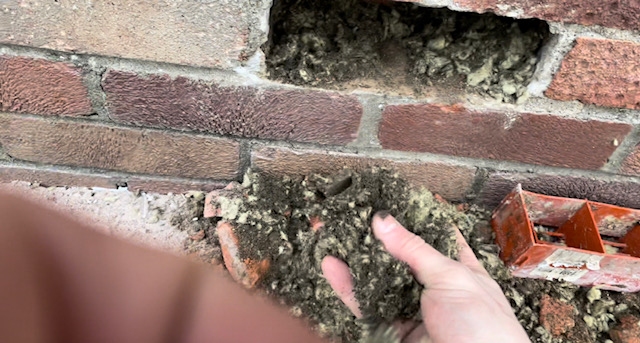A quick recap...
So, the questions remain… is your home insulated and you’re unsure if it should be? Or you’re definitely sure that your home shouldn’t be insulated, and you want it removed? If you’ve answered ‘yes’ to any of these questions, why not contact us through our quick and easy survey? Here at First Choice Energy, we understand the importance of a house feeling like a home, not just a place of residence. Of course, how can you feel at home knowing that your cavity wall insulation could be ruining it? That’s why we are here to help you!



